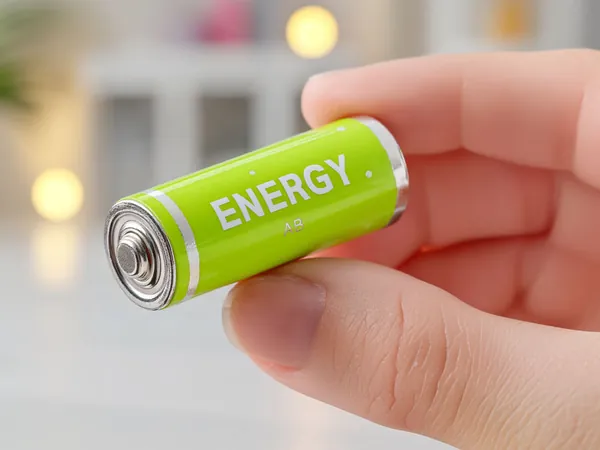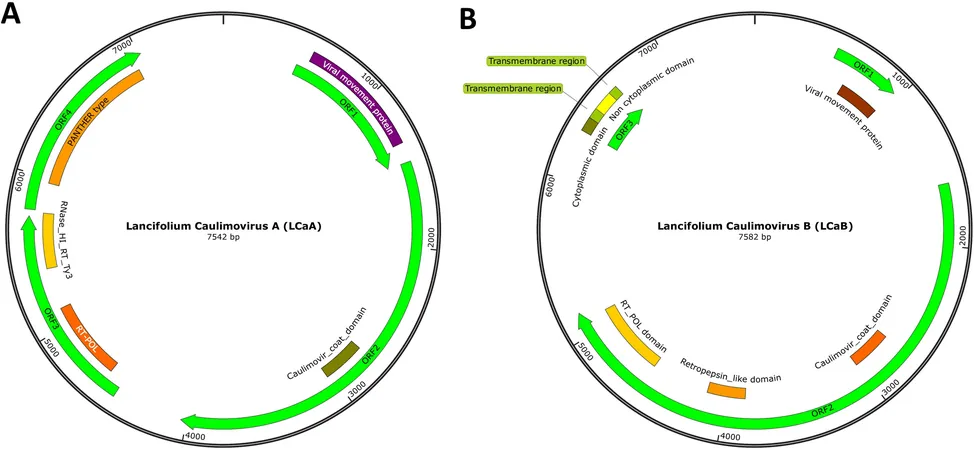
Revolutionary Catalyst Could Transform Lithium-Oxygen Batteries
2025-06-17
Author: Rajesh
Unlocking the Future of Energy Storage
Lithium-oxygen (Li-O₂) batteries have captured the spotlight for their astounding energy density—more than ten times that of traditional lithium-ion batteries. This makes them a game-changing option for electric vehicles and grid storage. However, they come with serious challenges, including slow reaction rates at the cathode and instability at the lithium metal anode. These hurdles often lead to capacity loss, increased resistance, and hazardous dendrite formation.
A Groundbreaking Solution
Thanks to groundbreaking research by a team from Harbin Institute of Technology (Shenzhen) and Johannes Gutenberg University Mainz, a breakthrough has surfaced. They have unveiled a dual-function catalyst material, known as Ni-N/rGO, designed to tackle both the sluggish cathode and unstable anode issues simultaneously. Published in eScience in June 2025, this innovation not only enhances energy efficiency but also provides vital insights into charge transport and lithium deposition.
How It Works: Atomic Engineering at Its Best
At the heart of this innovation is the synthesis of atomic-scale nickel sites—both individual atoms and nanoclusters—embedded in nitrogen-doped reduced graphene oxide (rGO). This pioneering catalyst excels in facilitating oxygen reduction and evolution reactions (ORR/OER). With a remarkable discharge capacity exceeding 16,000 mAh g⁻¹ and stable performance over 200 cycles, its efficiency is a significant leap from traditional designs.
Stability and Longevity: The Key Benefits
Importantly, the Ni-N/rGO catalyst serves as a protective shield for lithium anodes, mitigating issues like dendrite growth and corrosion, which are common pitfalls in battery life. Under rigorous conditions, batteries utilizing this catalyst have been shown to last up to 300 cycles. Advanced microscopy and spectroscopy techniques have confirmed that this protective layer not only maintains its structure but also allows for smooth lithium migration, greatly enhancing battery longevity.
A pathway for Practical Energy Solutions
Dr. Deping Li, the lead author of the study, emphasized the significance of their findings: 'This work resolves two long-standing problems in lithium-oxygen batteries with one innovative material. Our atomically engineered nickel catalysts provide a clear path toward practical, high-performance Li-O₂ energy systems.' This research promises a scalable solution to the pressing challenges in Li-O₂ battery technology.
Shaping the Future of Energy Storage and Beyond
The Ni-N/rGO catalyst is set to revolutionize energy storage applications, potentially speeding up the adoption of Li-O₂ batteries in electric vehicles, portable electronics, and grid storage. Moreover, the concepts of atomic-level material design, multifunctionality, and synergistic integration could inspire significant advancements across the fields of catalysis, electrochemistry, and materials science. Future studies will aim to refine synthesis methods, reduce production costs, and broaden compatibility with various energy systems.




 Brasil (PT)
Brasil (PT)
 Canada (EN)
Canada (EN)
 Chile (ES)
Chile (ES)
 Česko (CS)
Česko (CS)
 대한민국 (KO)
대한민국 (KO)
 España (ES)
España (ES)
 France (FR)
France (FR)
 Hong Kong (EN)
Hong Kong (EN)
 Italia (IT)
Italia (IT)
 日本 (JA)
日本 (JA)
 Magyarország (HU)
Magyarország (HU)
 Norge (NO)
Norge (NO)
 Polska (PL)
Polska (PL)
 Schweiz (DE)
Schweiz (DE)
 Singapore (EN)
Singapore (EN)
 Sverige (SV)
Sverige (SV)
 Suomi (FI)
Suomi (FI)
 Türkiye (TR)
Türkiye (TR)
 الإمارات العربية المتحدة (AR)
الإمارات العربية المتحدة (AR)